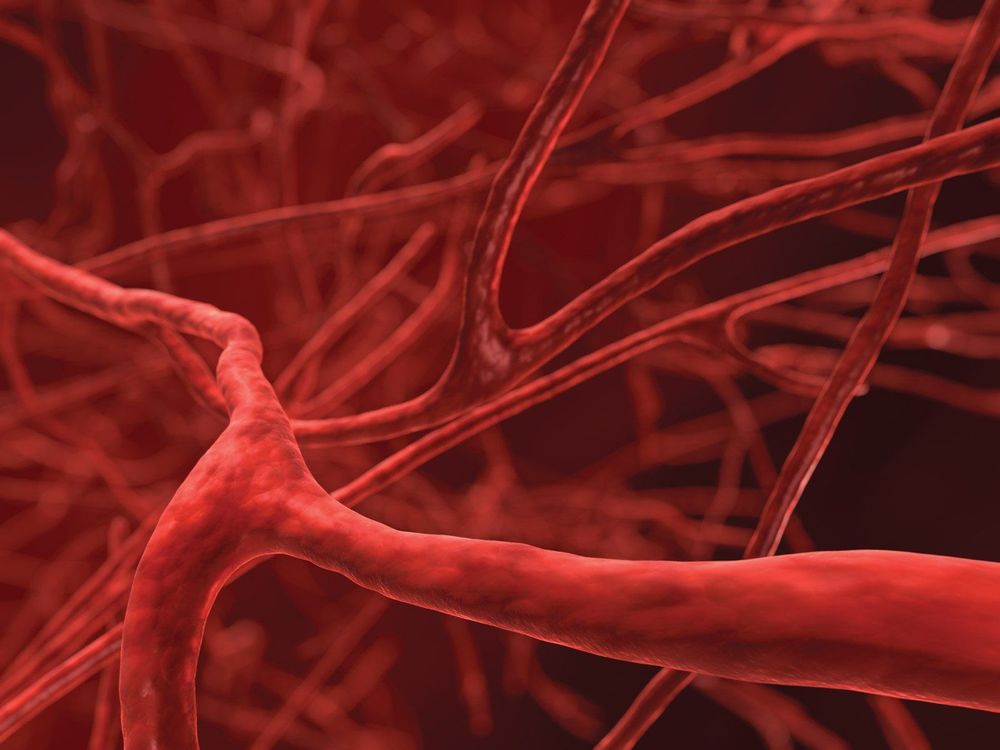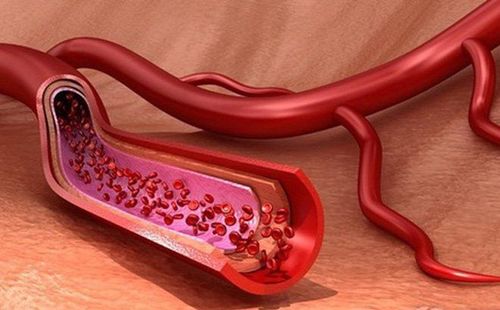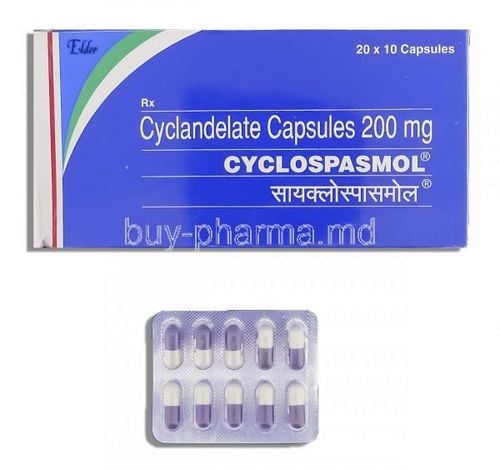This is an automatically translated article.
The article was consulted with Dr. Nguyen Van Duong - Interventional Cardiologist - Cardiovascular Center - Vinmec Central Park International General Hospital.After a while, scientists have found that just two blood pressure readings is not enough to explain the full nature of the causes of cardiovascular diseases. Therefore, scientists have conducted research to evaluate the nature of arteries or arterial stiffness, because arteries are an important part of the circulatory system, and it also has a direct influence on many heart diseases. circuit.
1. What is arterial stiffness?
First of all, we need to know that the vascular network is a part of the circulatory system in our body, it has two essential functions: the buffering function mainly by the nearby elastic arteries and the function of the vascular system. transmission. These two functions work together throughout the arterial system. Elasticity decreases and ductal function increases in a ladder-like pattern as it travels from the aorta to the peripheral artery. All of them are linked and function together with the heart to form a unified circulatory system.Because the heart has a special role in the circulatory system, it has received a lot of attention and research attention. The arterial system has a more modest role, so it has received little research attention. However, when two peripheral blood pressure readings are not enough to fully explain the etiological nature of cardiovascular diseases, intravascular hemodynamics has received more attention. Scientists also think that all cardiovascular events happen through the arteries. Therefore, arterial stiffness has received more attention.
Arterial stiffness is the term used to determine the ability of an artery to dilate and contract according to the heart's cycle of ejection. Other terms such as capacity, swelling, and elasticity are all different aspects of arterial stiffness. These terms are related, but not completely synonymous, people need to understand correctly to distinguish.
Arterial stiffness is also not synonymous with hardening of the arteries, atherosclerosis or calcium deposition in the vessel walls.
In our body, the great arteries are not simply pipes that carry blood. They also act as a buffer for blood flow out of the heart. This function is accomplished through the elasticity of the arterial wall. A detailed evaluation of the arterial mesh requires information on the arterial pulse pattern - i.e. arterial pressure life patterns - and information on how the arterial wall moves in response to changes in the arterial blood pressure. pressure waveforms - arterial distension waveforms.

2. Indicators of arterial stiffness
2.1. Pulse pressure (PP) Pulse pressure is the difference between systolic and diastolic blood pressure. This indicator has long been recognized as a valuable marker of arterial stiffness. This is because it depends on cardiac output, great arterial stiffness, and wave response.However pulse pressure holds no value for quantitative variation, so it is not a true measure of arterial stiffness. But research data suggest that pulse pressure is a better predictor of coronary heart disease risk than blood pressure measurements in people over 50 years of age.
2.2. Arterial capacity and distension Arterial capacity (Comliance-C) is the change in volume for a given unit change in pressure determined by the following formula: C = Δ V / ΔP (m3 ). /kPa ).
The arterial network in a body does not change in length, so when examining a specific blood vessel, we can calculate the cross-sectional capacity C = ΔA / ΔP (A cross-sectional area of the vessel). Or for simplicity, we can also calculate as follows: C = ΔD / ΔP (D diameter of blood vessel) is enough to evaluate the local capacity of the blood vessel to be investigated.
Distensibility (D) is the initial capacity divided by volume per unit pressure variation D = ΔV / (V × ΔP) kPa-1 . Where V is the initial volume.
2.3. Modulus of Elasticity The modulus of elasticity is the relationship between pressure and tension.
Elastic modulus of tension (Ep): Ep = (ΔP * D) / ΔD (kPa). Where D is the diastolic diameter. ΔP is the systolic pressure minus the diastolic pressure. ΔD is the difference in systolic diameter minus diastole. Elastic modulus (E) is the longitudinal elastic modulus of the artery, it requires parameter of wall thickness to calculate by the following formula: E =(D/2h) * Ep(kPa). Here h is the wall thickness. 2.4. Stiffness index The hardness index is an index of arterial stiffness independent of pressure, calculated by the following formula: β = ln(Ps / Pd) / [(Ds-Dd)/Dd] where:
Ps: systolic pressure Pd: diastolic pressure Ds: systolic artery diameter Dd: diastolic artery diameter 2.5. Incremental index (Alx) The increment index is the ratio of increased aortic pressure to pulse pressure, which can be calculated by the following formula: AIx = [(Ps - Pi) / (Ps-Pd) )] x 100% where:
Pi: pressure at the feedback wave point. The increment index has many limitations such as erroneous results when the inflection point is not conspicuous, and it is also affected by heart rate.
2.6. Pulse wave velocity (PWV) Pulse wave velocity is an indirect measurement of arterial stiffness per segment. Pulse wave propagation time is measured by two dynamometers placed on the peripheral circuit, the distance measured directly on the skin. Formula to calculate pulse wave speed:
PWV = Distance / Δt (ms-1 ). where Δt = propagation time.
In addition, the pulse wave speed is also calculated by another formula:
PWV = √ (E x h/2rρ). Where ρ is the density of the liquid (1.05 for blood).
2.7 Systematic Capacity The systematic capacity measurement technique is based on recording pulses at the level of radial arteries and identifying diastolic reflexes as occluded sine waves.
C = V/∆P (cm3/mmHg)
3. Methods of measuring arterial stiffness

Non-invasive arterial stiffness measurement. Intrusive arterial stiffness measurement. 3.1. Non-invasive assessment of arterial stiffness 3.1.1. Arterial or segmental stiffness Regional or segmental arterial stiffness is assessed by pulse wave velocity (PWV). When the left ventricle contracts to push blood into the aorta, the dilation of the aortic wall creates a pulse pressure wave. This wave propagates to the peripheral vessels at different rates, depending on the arterial segment. In people with stiffer arteries, the propagation speed will be faster.
PWV = √[(E.h) / (2r.ρ)], where
E is Young's modulus of elasticity. h is the wall thickness. r is the radius. ρ is the density of blood. The carotid-femoral pulse wave velocity reflects the aortic pulse wave velocity and is considered the gold standard for measuring arterial stiffness. It is an important independent predictor of cardiovascular morbidity and mortality in the general population and in hypertensive patients, patients with end-stage renal failure, and the elderly.
3.1.2. Local Arterial Stiffness Local arterial stiffness is assessed by arterial distension and capacity.
Arterial distension is calculated by the formula
D = ΔA / (A × ΔP)
= (Ds 2 –Dd 2 ) / Dd 2 × ΔP
= (2ΔD × Dd + ΔD 2 ) / Dd 2 × ΔP.
With:
ΔA is the difference in arterial systolic and diastolic cross-sectional areas. ΔP is the circuit voltage. Ds and Dd are the maximum and minimum arterial diameters according to the change in pressure. ΔD is the difference in systolic and diastolic arterial diameters. Dd end-diastolic arterial diameter Arterial capacity is the expression of the pure variation in arterial capacity per unit pressure variation and is expressed as: Capacity symbol C (cm2/mmHg or m2/ Pa)
C = ΔA / ΔP = π (Ds 2 -Dd 2 ) / 4ΔP
= π (2.ΔD × Dd + ΔD2 ) / 4ΔP.
Arterial stiffness independent of the effects of blood pressure is known as beta (β) vascular stiffness index.
β = [ln (SBP / DBP) × D] / ΔD; where:
SBP systolic blood pressure. DBP diastolic blood pressure Studies have shown that local arterial stiffness is significantly associated with increased cardiovascular risk in patients with end-stage renal disease.
3.1.3. Systemic Arterial Stiffness Systemic Arterial Stiffness is evaluated based on one of the following metrics:
Systemic Arterial Capacity: arterial capacity is the change in volume per unit of variation Pulse pressure Increment indicator: pulse waveform analysis. Digitalized volumetric pulse wave analysis Ambulatory stiffness index: based on 24-hour ambulatory blood pressure recording, it is possible to calculate the regression slope of diastolic pressure on systolic blood pressure. Ambulatory arterial stiffness index (AASI) = AASI = 1 - (regression slope of diastolic/systolic blood pressure). 3.2. Invasive Arterial Stiffness Assessment To determine arterial stiffness, the two most important parameters are blood pressure at the site of investigation and variation in vessel size, respectively. In which invasive blood pressure measurement is the gold standard of blood pressure assessment. The variable vascular size was obtained from angiography with cnar dye.
Intrusive pressure measurement is possible with a simple instrument consisting of a glass column of water connected to a blood vessel. In 1733, this system was used to measure the blood pressure of horses. Today, glass columns have been replaced by plastic tubes for clinical use of central venous pressure.
The assessment of invasive arterial stiffness is also divided into:
Evaluation of arterial stiffness in the infiltrative region Evaluation of vascular stiffness at the site of infiltration Evaluation of systemic arterial stiffness or infiltration index of disease Vinmec International General Hospital is one of the hospitals that not only ensures professional quality with a team of leading medical doctors, modern equipment and technology, but also stands out for its examination, consulting and service services. comprehensive and professional medical treatment; civilized, polite, safe and sterile medical examination and treatment space. Customers when choosing to perform tests here can be completely assured of the accuracy of test results.
Please dial HOTLINE for more information or register for an appointment HERE. Download MyVinmec app to make appointments faster and to manage your bookings easily.
The article references the source: Vietnam Cardiology Association













